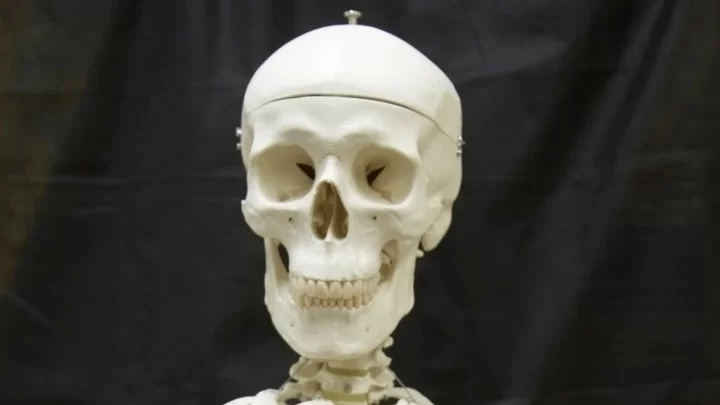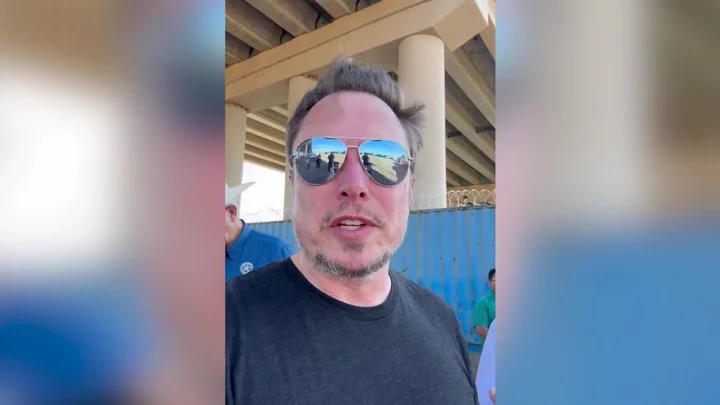Every October, people start dragging their (plastic) skeletons from the depths of their closets. Whether it happens to be a towering Skelly or a more human-sized specimen, the decorations are a classic part of spooky season decor.
Plastic skeletons weren’t always readily available on store shelves. And Halloween isn’t the only time the boney structures have been in high demand. For centuries, people have used skeletons to learn about the human body. Being able to see what a fleshless figure looks like has long been a valuable tool for doctors and other medical professionals. And of course, those Renaissance scientists and scholars didn’t have the option of ordering a plastic one from Amazon.
Where do medical schools get their skeletons from?
The making of human teaching skeletons used to be a grisly affair, involving the manipulation of fresh—or not-so-fresh—corpses. But as the above video from British Pathé shows, by the 1960s it was a relatively benign craft involving molded plastic and high temperatures, not meat cleavers and maggots.
The video, accented by groan-worthy puns and jaunty music, goes inside a factory in Surrey that produces plastic skeletons, brains, and other organs for use in hospitals and medical schools. The sterile surroundings marked a shift in skeleton production; as the video notes, teaching skeletons had long come from the Middle East until countries started clamping down on exporting human remains.
Before that, human skeletons in Britain and the United States were often produced with a little help from grave-robbers, known as the Resurrection Men. After being dissected in anatomical classes at medical schools, the stolen corpses were often de-fleshed and transformed into objects for study. The theft of these purloined bodies, by the way, started several of America's first riots.
Not every cadaver displayed in a med school classroom is artificial. A person can choose to donate their body to science, which means medical schools are able to legally obtain human remains.
A version of this story originally ran in 2017; it has been updated for 2023.
This article was originally published on www.mentalfloss.com as Watch Plastic Skeletons Being Made in a 1960s Factory.









